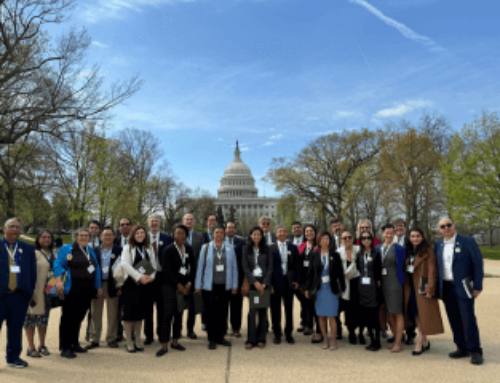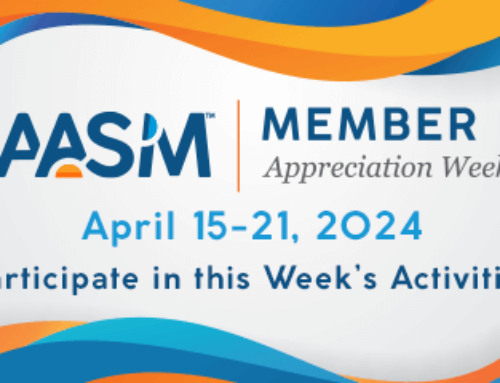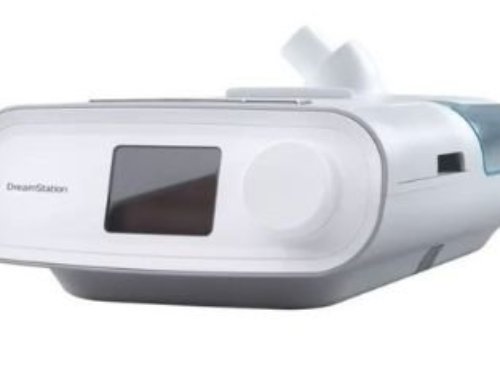DARIEN, IL – The American Academy of Sleep Medicine has published a new clinical practice guideline establishing recommendations for the use of behavioral and psychological treatments for chronic insomnia disorder in adults.
The guideline includes one strong recommendation — which is one that clinicians should follow under most circumstances — for the use of cognitive behavioral therapy for insomnia. CBT-I combines one or more cognitive therapy strategies with education about sleep regulation plus behavioral strategies such as stimulus control instructions and sleep restriction therapy. Treatment typically involves four to eight sessions.
“This is the first systematic review to use the GRADE system to evaluate behavioral insomnia therapies,” said lead author Jack Edinger, who has a doctorate in clinical psychology and is a professor in the section of sleep medicine at National Jewish Health in Denver. “The multicomponent treatment, cognitive behavioral therapy for insomnia, is the most supported therapy.”
Published online as an accepted paper in the Journal of Clinical Sleep Medicine, the guideline updates the AASM’s 2006 practice parameters. It was developed by an expert task force and approved by the AASM board of directors. The process included a systematic literature review, meta-analyses, and assessment of the evidence using the GRADE methodology. A draft of the guideline was made available for public comment.
“There have been significant advancements in behavioral and psychological treatments for chronic insomnia, which affects millions of American adults,” said AASM President Dr. Kannan Ramar. “The AASM guideline will help optimize patient-centered care by providing actionable recommendations for clinicians and patients.”
The guideline includes several conditional recommendations — which require the clinician to use clinical knowledge and experience while considering the patient’s values and preferences — suggesting that clinicians use multi-component brief therapies and three single-component therapies: stimulus control, sleep restriction therapy, and relaxation therapy. The guideline also suggests that sleep hygiene should not be used as a single-component treatment for chronic insomnia disorder in adults.
“Although sleep hygiene practices are often suggested and well-understood by patients, sleep hygiene recommendation do not constitute an effective stand-alone therapy,” said Edinger.
Insomnia involves difficulty falling asleep or staying asleep, or regularly waking up earlier than desired, despite allowing enough time in bed for sleep. Daytime symptoms include fatigue or sleepiness; feeling dissatisfied with sleep; having trouble concentrating; feeling depressed, anxious, or irritable; and having low motivation or energy. Chronic insomnia disorder, which affects about 10 percent of the adult population, is distinguished by a sleep disturbance with associated daytime symptoms occurring at least three times per week for at least three months.
The AASM’s previously published clinical practice guideline for the pharmacologic treatment of chronic insomnia also emphasizes that medications for chronic insomnia disorder should be considered mainly in patients who are unable to participate in CBT-I, patients who still have symptoms after this therapy, or those who require a temporary adjunct to CBT-I.
###
To request a copy of the guideline, “Behavioral and psychological treatments for chronic insomnia disorder in adults,” or the systematic review, or to arrange an interview with an AASM spokesperson, please contact the AASM at 630-737-9700 or media@aasm.org. Accepted papers, which are published online prior to their final inclusion in an issue, are not embargoed. The guideline is schedule to be published in the February 2021 issue of the journal.
Established in 1975, the American Academy of Sleep Medicine (AASM) is advancing sleep care and enhancing sleep health to improve lives. The AASM has a combined membership of 11,000 accredited member sleep centers and individual members, including physicians, scientists and other health care professionals.









